A former US Air Force officer spent $11 million searching for Amelia Earhart's long-lost plane — and may have found it
- Oops!Something went wrong.Please try again later.
- Oops!Something went wrong.Please try again later.
Tony Romeo believes he's discovered Amelia Earhart's long-lost aircraft.
Romeo said he captured an image of an aircraft-shaped object on the floor of the Pacific Ocean.
Experts say the location seems roughly correct, but clearer images are needed.
A pilot and former US Air Force intelligence officer believes an image he captured using sonar on a high-tech unmanned submersible may have finally answered one of America's most baffling mysteries: What caused the disappearance of the iconic pilot Amelia Earhart at the height of her fame?
Tony Romeo is one of a long line of researchers and hobbyists to have taken up the search for Earhart's distinctive Lockheed 10-E Electra plane, which disappeared over the Pacific Ocean along with its famous pilot and its navigator, Fred Noonan, during an attempt to circumnavigate the globe in July of 1937.
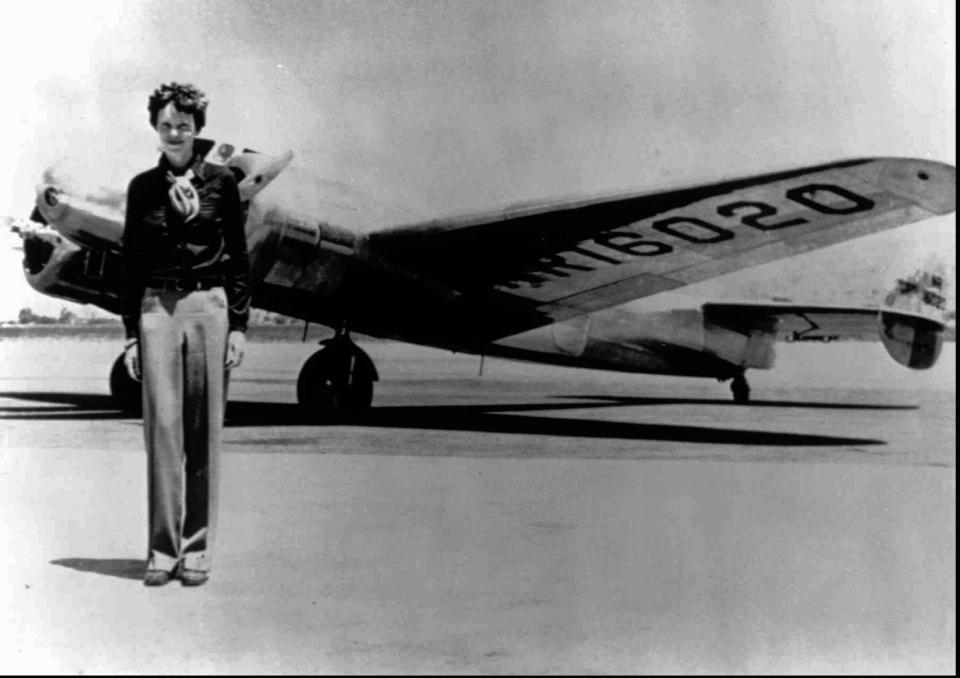
The mystery surrounding Earhart's disappearance has long puzzled researchers and spurred conspiracy theories over the years, including the Japanese taking her prisoner and her being a government spy.
But Romeo, a former real-estate investor who sold commercial properties to raise the $11 million needed to begin funding the search, returned in December from a roughly 100-day voyage at sea with a sonar image that he believes shows the lost plane in the ocean's depths.
A high-tech search at sea
His expedition, which was carried out using a $9 million high-tech unmanned submersible "Hugin" drone manufactured by the Norwegian company Kongsberg and a research crew of 16, started last September in Tarawa, Kiribati, covering 5,200 square miles of the ocean floor, The Wall Street Journal reported.
It was a dream Romeo had for years before making it a reality.
"This has been a story that's always intrigued me, and all the things in my life kind of collided at the right moment," Romeo, whose father and brothers are also pilots, told Business Insider. "I was getting out of real estate and looking for a new project so even though I really started about 18 months ago, this was something I've been thinking and researching for a long time."
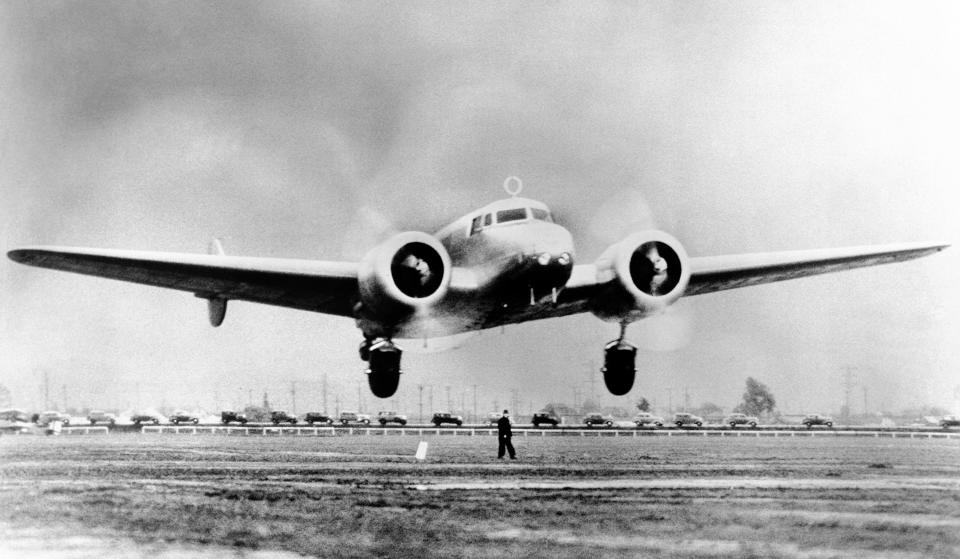
Roughly a month into the trip, the team captured a sonar image of the plane-shaped object about 100 miles from Howland Island — but didn't discover the image in the submersible's data until the 90th day of the voyage, making it impractical to turn back to get a closer look.
Experts have shown interest in the finding, with Dorothy Cochrane, a curator at the Smithsonian Institution's National Air and Space Museum, telling The Journal that the reported location where the image was taken was just about right, geographically, compared with where Earhart's flight is believed to have gone down.
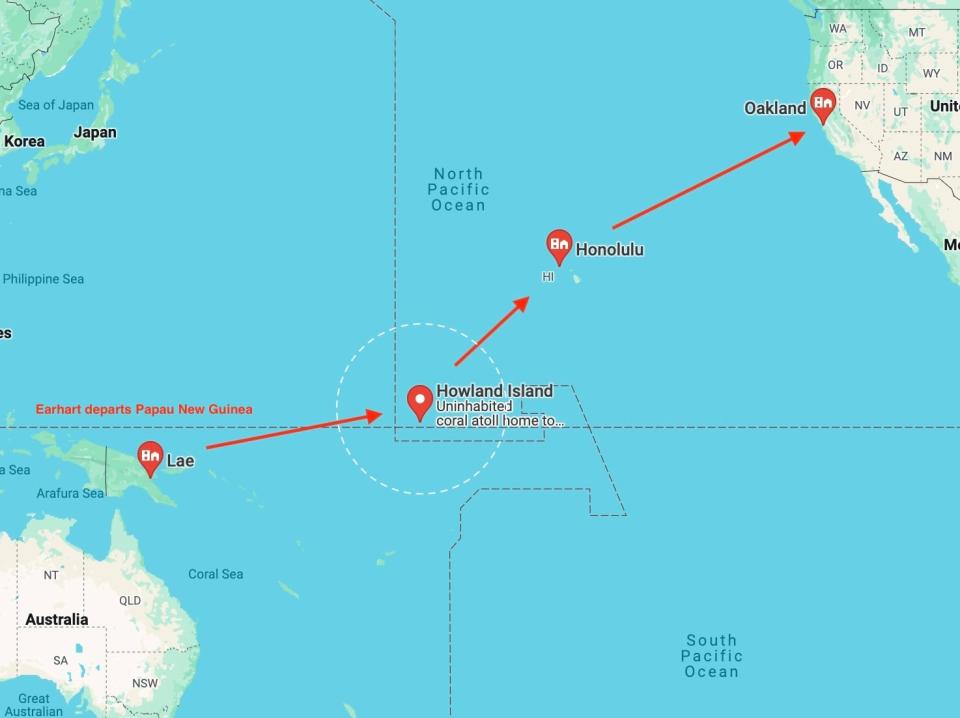
But others say they need clearer views and more details, such as the plane's serial number.
"Until you physically take a look at this, there's no way to say for sure what that is," Andrew Pietruszka, an underwater archaeologist at the Scripps Institution of Oceanography, told The Journal.
Romeo, who said the search might be "the most exciting thing I'll ever do in my life," added that he planned to return to the area to try to capture better images using autonomous or robotic submersibles equipped with cameras and sonar to get closer to the object, which rests more than 16,500 feet beneath the surface.
Romeo told BI that if it wasn't Earhart's plane, the object he found could be a different missing aircraft lost in the Pacific or — less interestingly, perhaps — another manmade object that fell off a shipping container. But as of now, he's feeling confident he's made a groundbreaking discovery due to the distinctive shape of the fuselage, tail, and wings.
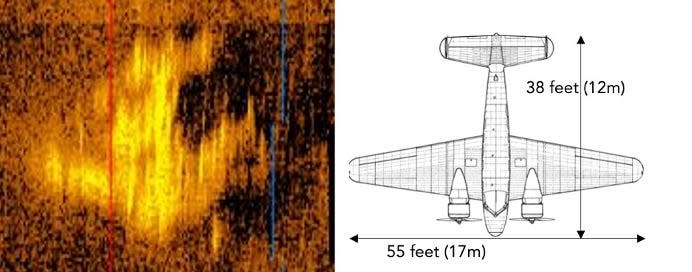
"The next step is confirmation — we've got to go back out with different sorts of sensors and really photograph it well and take a look at how the artifact is sitting on the seabed," Romeo told BI. "Once that step is done, lots of people will be involved. The Smithsonian, the family, there'll be some investors involved because it'll be an expensive operation, but then we're thinking: 'How do we lift the plane? How do we salvage it?'"
He added: "I don't think we're there yet. But I do think Americans want to see this in the Smithsonian; that's where it belongs. Not the bottom of the ocean."
A decadeslong mystery
Hopeful explorers have pumped millions of dollars into expeditions to find Earhart's lost plane over the years, but her last known location has made the searches difficult.
"It's very deep water, and the area that she could've possibly been in is huge," Tom Dettweiler, a sonar expert, told The Journal.
One team who searched for Earhart's aircraft in 2009 said on Twitter that following its 2,500-square-mile search near Howland Island, close to where Romeo conducted his search, it only knew where the aviator wasn't.
We're confident we know where #Earhart isn't... our #sidescan #sonar #mosaic is simply amazing -> http://searchforamelia.org/resultsintro
— Waitt Institute (@WaittInstitute) January 12, 2010
Earhart, who was the first woman to fly solo across the Atlantic and the US, was declared legally dead on January 5, 1939, two years after she vanished. But her legacy has lived on, and she continues to fascinate people worldwide.
"It was one of the great mysteries of the 20th century and still now into the 21st century," Cochrane told The Journal. "We're all hopeful that the mystery will be solved."
The dateline theory
Romeo believes he's taken a massive step toward answering vital questions surrounding the famous pilot's disappearance after scouring decades of clues and potential leads to her location, including the "dateline theory."
The theory, which Romeo relied on partly to guide his search, suggests that when Earhart crossed over the international dateline during her 20-hour flight, her navigation system became inaccurate and misdirected her by about 60 miles, potentially leading to a tragic end.
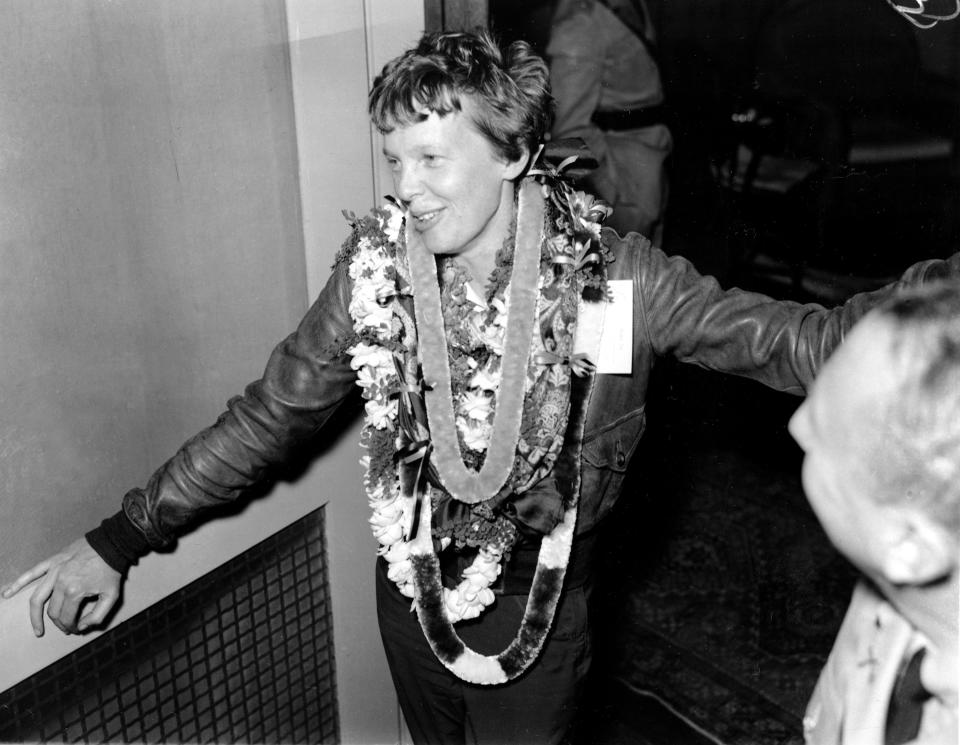
Romeo said if he received confirmation that he'd found Earhart's plane, hopefully during another voyage planned for later this year, the company he created as part of the search would continue trying to solve other mysteries held in the ocean.
"There's lots of cool stuff in the Pacific — WWII aircraft and flight MH370 are still out there, and maybe we can make a run at that at some point," Romeo told BI. "I'm not announcing yet that we are, but I'd love to collaborate with other folks on other projects since we've got the state-of-the-art equipment. There's only a couple of these in the world, and finding these things out is in demand."
Read the original article on Business Insider

